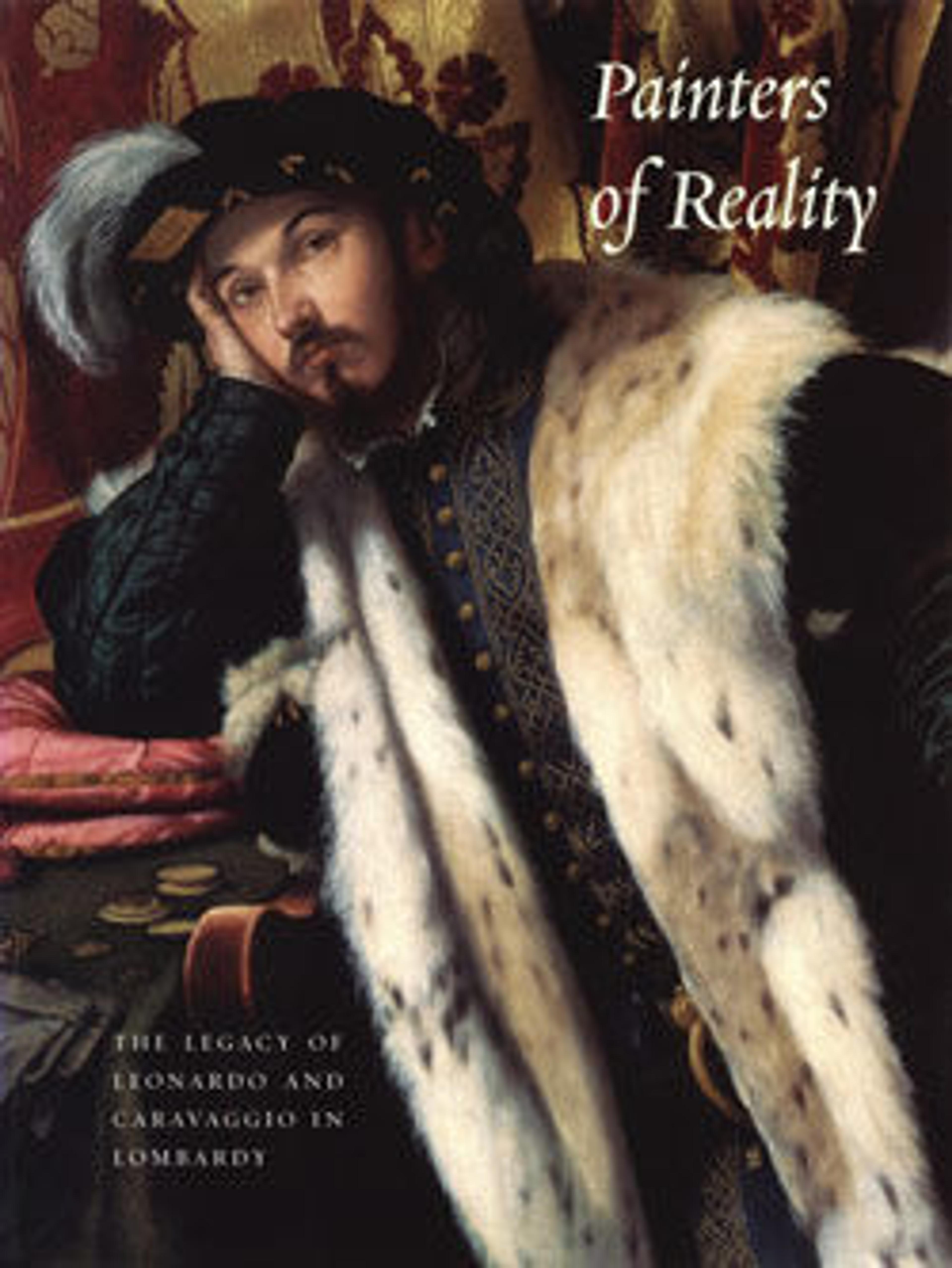Concert champêtre
Romanino probably trained as a painter in his native Brescia
but soon came under the influence of Venetian painting. The
subject of this sketch, a group of ladies and a satyr playing
music in a landscape, was inspired by works by Giorgione
and Titian, the predominant Venetian painters of the early
sixteenth century. In this sheet the artist tried more than one
compositional idea, changing the satyr at far right from a
standing to a seated position. The drawing has been connected
to frescoes with similar themes that Romanino painted in
the Castello del Buonconsiglio in Trent in 1531–32.
but soon came under the influence of Venetian painting. The
subject of this sketch, a group of ladies and a satyr playing
music in a landscape, was inspired by works by Giorgione
and Titian, the predominant Venetian painters of the early
sixteenth century. In this sheet the artist tried more than one
compositional idea, changing the satyr at far right from a
standing to a seated position. The drawing has been connected
to frescoes with similar themes that Romanino painted in
the Castello del Buonconsiglio in Trent in 1531–32.
Artwork Details
- Title: Concert champêtre
- Artist: Girolamo Romanino (Italian, Brescia 1484/87–1560 Brescia)
- Date: ca. 1520–30
- Medium: Pen and brown ink, brown wash, over black chalk.
- Dimensions: 11 7/16 x 16 1/8 in. (29.1 x 40.9 cm)
- Classification: Drawings
- Credit Line: Robert Lehman Collection, 1975
- Object Number: 1975.1.418
- Curatorial Department: The Robert Lehman Collection
More Artwork
Research Resources
The Met provides unparalleled resources for research and welcomes an international community of students and scholars. The Met's Open Access API is where creators and researchers can connect to the The Met collection. Open Access data and public domain images are available for unrestricted commercial and noncommercial use without permission or fee.
To request images under copyright and other restrictions, please use this Image Request form.
Feedback
We continue to research and examine historical and cultural context for objects in The Met collection. If you have comments or questions about this object record, please contact us using the form below. The Museum looks forward to receiving your comments.
